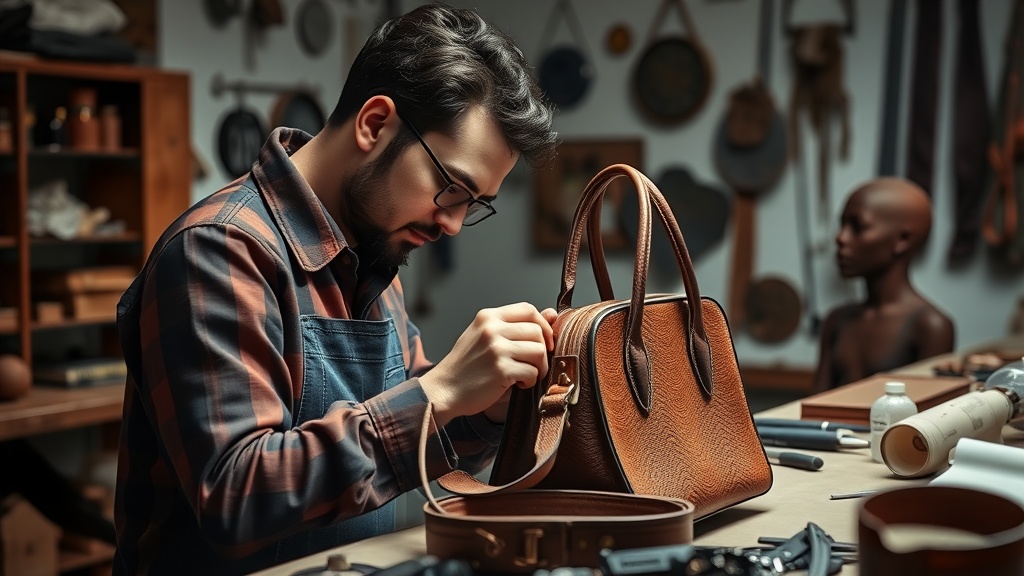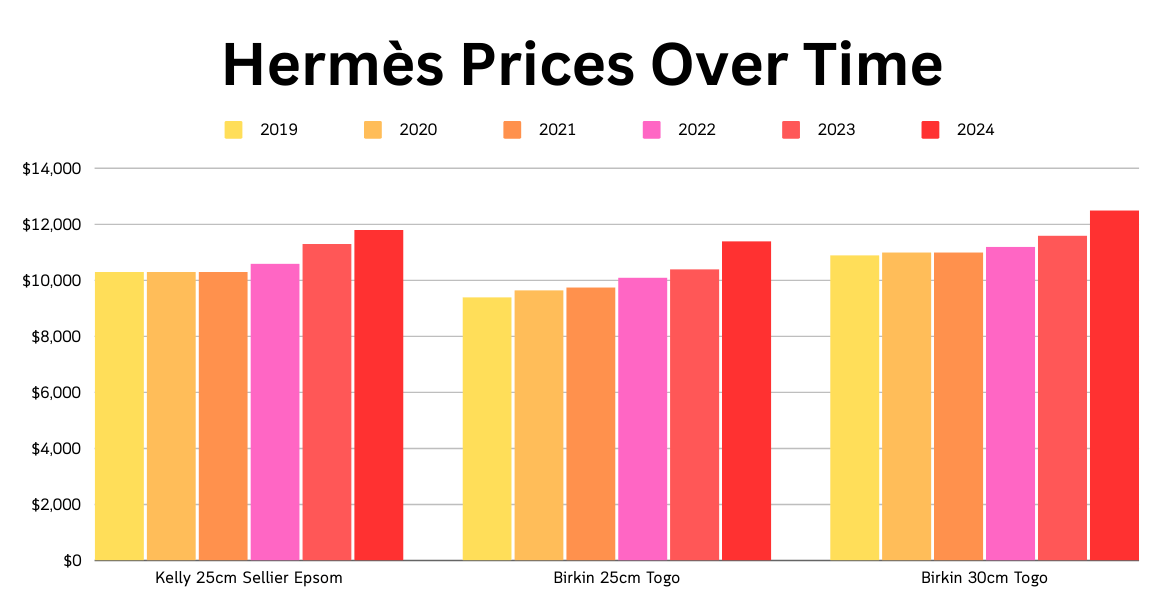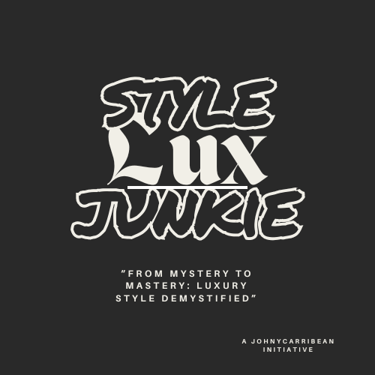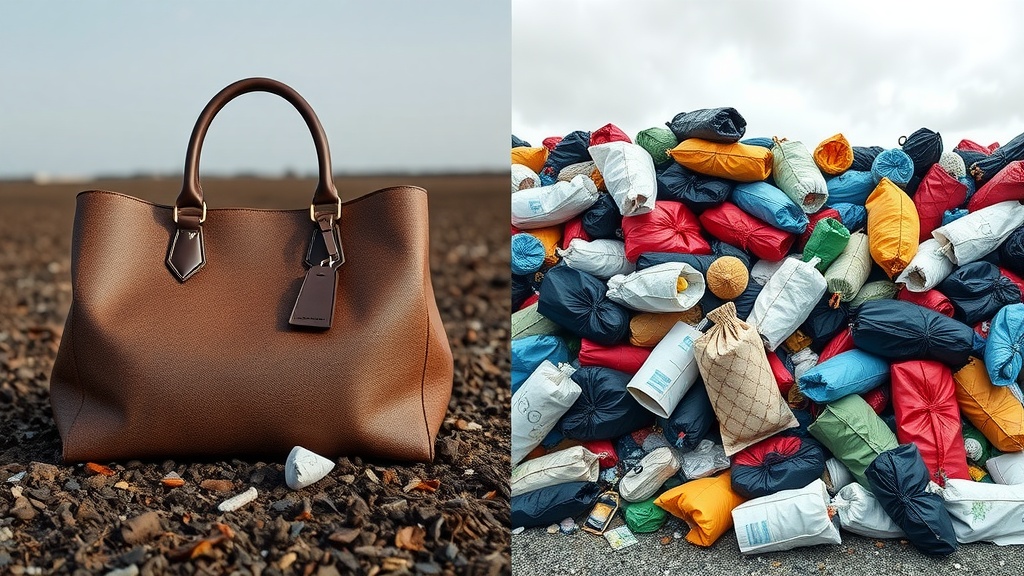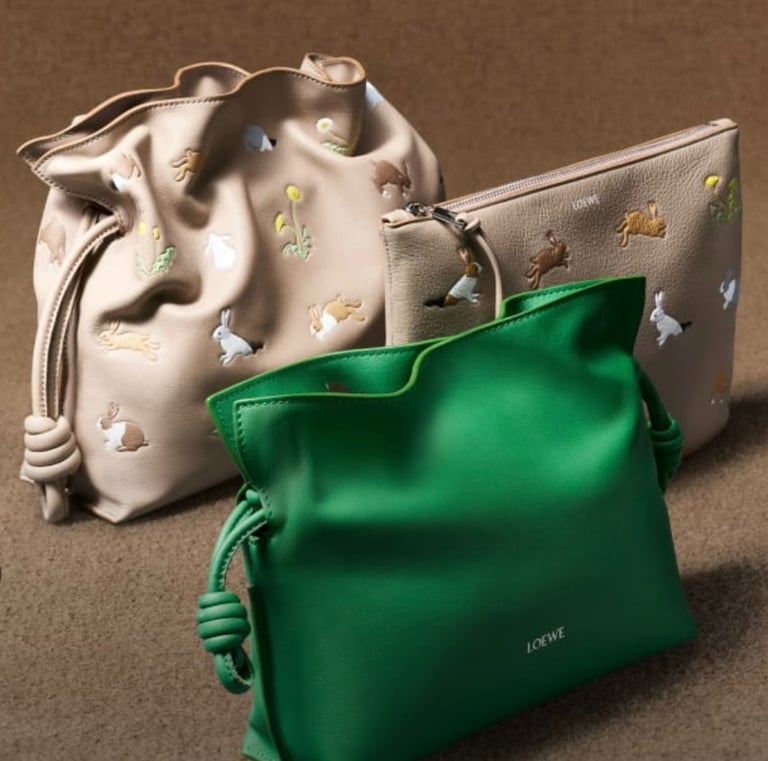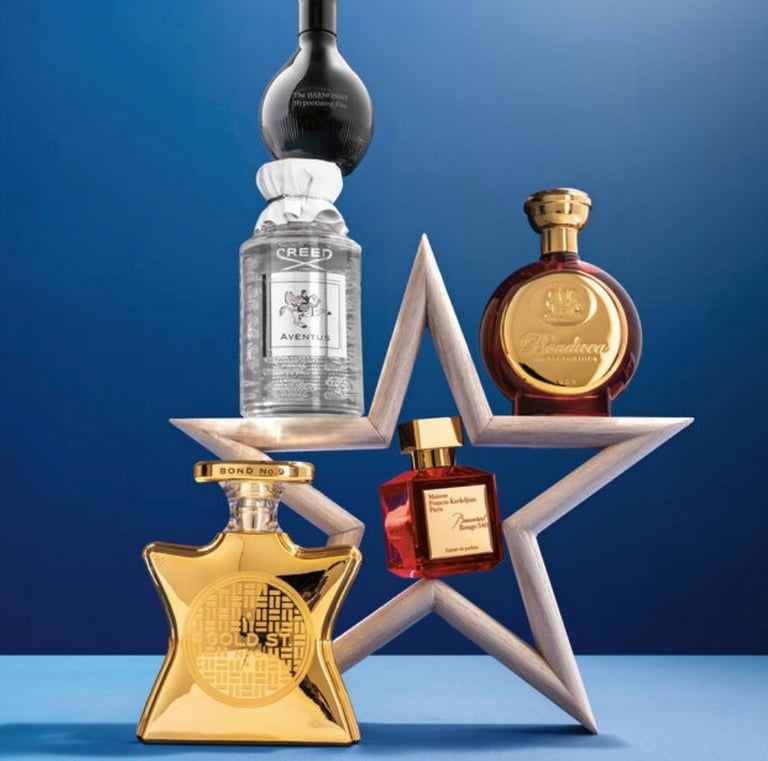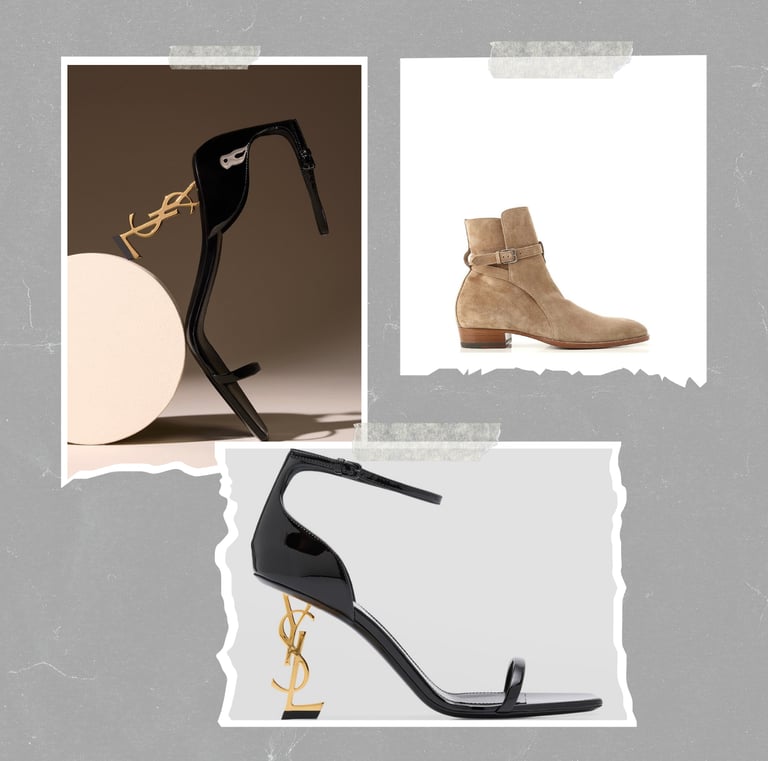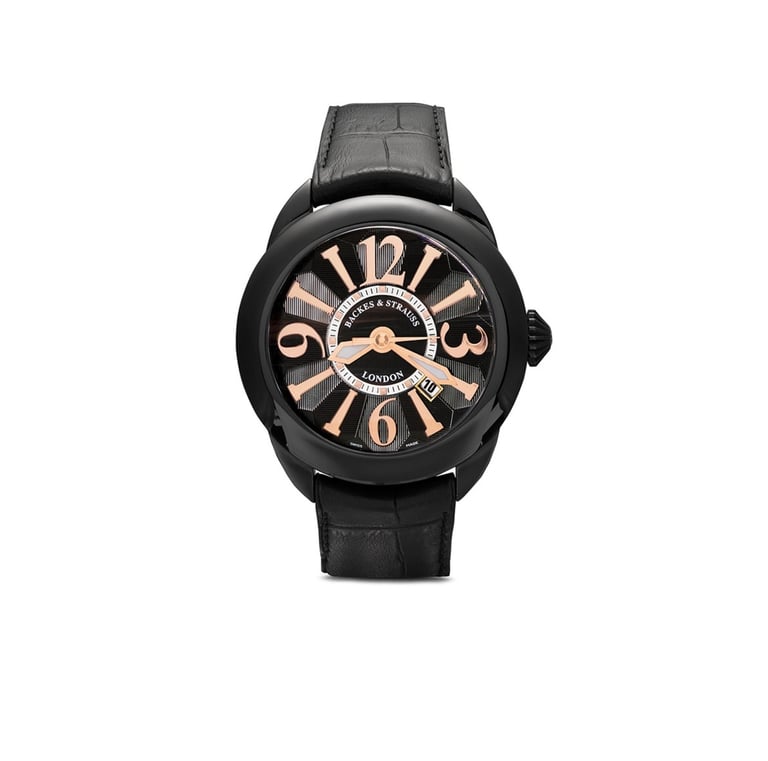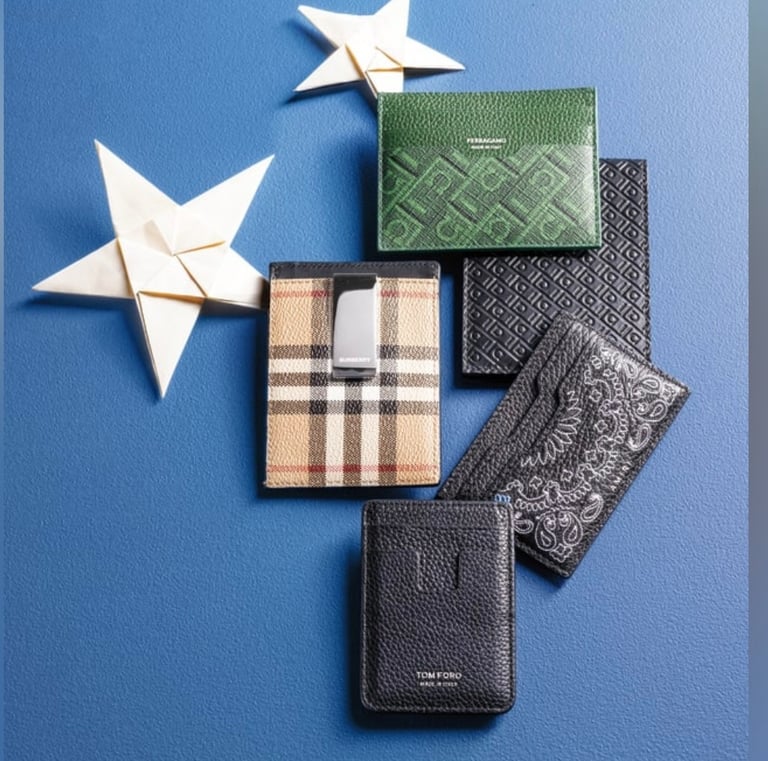Luxury vs. Fast Fashion: The Hidden Truth About Investing in Designer Pieces.
Picture this: You walk into a trendy fast fashion store, your eyes darting between racks of vibrant, on-trend clothing. The price tags are unbelievably low. A designer-inspired blazer for a fraction of the cost of the real thing. You swipe your card, leave the store with a bag full of clothes, and for a moment, you feel victorious. But fast forward six months—those trendy pieces have started pilling, seams are coming apart, and suddenly, that "steal" feels like money down the drain.
3/7/2025
Luxury versus Fast Fashion—which is the better investment? Let's take a look.
Is Buying Cheap Actually Costing You More?
Picture this: You walk into a trendy fast fashion store, your eyes darting between racks of vibrant, on-trend clothing. The price tags are unbelievably low. A designer-inspired blazer for a fraction of the cost of the real thing. You swipe your card, leave the store with a bag full of clothes, and for a moment, you feel victorious. But fast forward six months—those trendy pieces have started pilling, seams are coming apart, and suddenly, that "steal" feels like money down the drain.
On the other side of the spectrum, imagine making a single purchase—a beautifully tailored Burberry trench coat, a Chanel Classic Flap bag, or a pair of Louboutin heels. The price tag makes you pause, but five, ten, even twenty years down the line, that item remains pristine, stylish, and maybe even worth more than what you originally paid. So, is investing in luxury fashion truly worth it, or is it just an overpriced status symbol?
In this article, we’ll peel back the layers of the fast fashion vs. luxury debate, analysing cost-per-wear, craftsmanship, ethical production, and long-term value to help you determine whether designer pieces are a financially sound investment or just an expensive indulgence.
The Hidden Costs of Fast Fashion: Why Cheap Isn't Always a Bargain
I used to be a fast fashion addict. Every week, I’d walk into my favourite budget-friendly retailer, lured in by the promise of trendy, affordable pieces. My closet was overflowing with dresses, jackets, and shoes that looked high-end—but within months, buttons popped off, seams unraveled, and colours faded. One day, after yet another impulse purchase, I stopped to calculate how much I had actually spent on these "cheap" items over the past year. The number shocked me—it was enough to buy a Chanel Classic Flap Bag, an item that I knew would last a lifetime. That’s when I started my journey into luxury fashion, and I’ve never looked back.
The allure of fast fashion is undeniable. Why spend $500 on a designer sweater when you can get a nearly identical one for $30? The answer lies in what happens next. Fast fashion is built on a cycle of constant consumption—items are cheaply made, trend-driven, and not designed to last more than a season.
🔹 Cost-Per-Wear: The Long-Term View
Let’s break it down:
You buy a $30 fast fashion sweater and wear it ten times before it starts looking worn out. That’s $3 per wear.
A $500 luxury cashmere sweater, on the other hand, might last ten years and be worn 200 times, bringing the cost down to $2.50 per wear.
At first glance, fast fashion seems like the obvious winner, but when you look at the long-term investment, luxury pieces often come out ahead.
🔹 The Environmental Impact of Fast Fashion
According to the Ellen MacArthur Foundation, the world produces 92 million tons of textile waste annually (source).
Fast fashion giants like Zara, H&M, and Shein churn out thousands of new styles every week, encouraging mass consumption and waste.
The average American throws away 81 pounds of clothing per year (EPA)
In contrast, luxury brands focus on timelessness, making pieces that buyers keep for decades, pass down, or resell at a premium.
Luxury Fashion Investments: Why Premium Pieces Outlast Trends
A common misconception is that luxury brands are overpriced simply because of the name. While branding plays a role, what you’re really paying for is craftsmanship, materials, and ethical production.
🔹 Unmatched Craftsmanship & Quality
A Hermès Birkin bag takes 48 hours to craft by a single artisan using hand-stitching techniques passed down for generations.
Loro Piana cashmere is sourced from the rarest Mongolian goats and undergoes a meticulous weaving process.
Luxury shoes like Manolo Blahniks and Christian Louboutins are handcrafted with premium leather, ensuring comfort and longevity.
When you buy a fast fashion handbag, you get machine-made, low-cost synthetic leather, glued seams, and mass production assembly lines. With luxury, you’re investing in decades—sometimes centuries—of artisanal expertise.
True luxury is in the details—handcrafted artistry
🔹 Sustainability & Ethical Production
Fast fashion relies on cheap labour, synthetic fabrics, and high-speed production. Brands like Shein, Boohoo, and Fashion Nova have been criticized for exploitative labor conditions and massive environmental impact (Forbes)
Luxury brands, on the other hand, are increasingly focusing on sustainability:
Stella McCartney was a pioneer in cruelty-free luxury fashion.
Gucci and Prada are investing in regenerative agriculture and recycled materials.
Chanel’s “Mission 1.5” initiative aims to cut carbon emissions by 50% by 2030.
Buying fewer, high-quality items is not just better for your wallet but also better for the planet.
Timeless Luxury Pieces That Appreciate Over Time
Take Emily, a friend who inherited her grandmother’s vintage Louis Vuitton Speedy 25 from the 1960s. At the time, the bag had been purchased for less than $100. Today, that same bag—worn, yet timeless—is worth over $1,500 on the resale market. Meanwhile, another friend, Mia, bought a limited-edition Hermès Birkin in Himalayan Crocodile a decade ago. She paid an eye-watering $100,000, but at a recent Christie’s auction, a similar bag sold for over $380,000. These real-life stories prove that certain designer items don’t just hold value—they multiply in worth over time.
Did you know some designer items actually appreciate over time, making them better investments than stocks?
The Hermès Birkin has increased in value by 500% over the last 35 years (Christie’s).
The Rolex Daytona, which originally retailed for $210 in the 1960s, is now worth over $17 million at auction.
The Chanel Classic Flap Bag has seen consistent price increases, from $2,850 in 2010 to over $10,000 in 2023.
Resale platforms like The RealReal and Vestiaire Collective have made it easier than ever to liquidate luxury investments.
The Hermes Birkin and Kelly have both appreciated consistently over a ten-year period
Luxury vs. Fast Fashion: Making Smart Investment Choices
Risk Mitigation: Navigating the Challenges of Fashion Investments:
Investing in luxury fashion comes with its share of risks. Market fluctuations can impact resale values, as changing consumer trends and economic downturns affect demand. Additionally, counterfeit goods pose a significant threat to investors, with highly convincing replicas entering the market. To mitigate these risks, it’s crucial to stay informed about market trends, purchase from trusted retailers and authenticated resale platforms, and ensure that items come with original documentation, receipts, and proof of authenticity. Diversifying your fashion investments—spanning categories like handbags, watches, and footwear—can also help balance potential losses in one segment with gains in another.
Authenticity Verification: Protecting Your Investment:
One of the biggest risks when investing in luxury fashion is the proliferation of counterfeits. The high resale value of designer items has fueled an industry of sophisticated fakes, making it essential to authenticate your purchases. Always buy from reputable retailers, brand boutiques, or certified resale platforms like The RealReal and Vestiaire Collective. For high-value items, consider third-party authentication services such as Entrupy or Authenticate First. Ensuring that your luxury purchase comes with original packaging, receipts, and certificates of authenticity not only guarantees its legitimacy but also helps maintain its resale value.
Market Trends: The Resale Boom & Social Media Influence:
The luxury resale market has exploded in recent years, driven by shifts in consumer behavior and the growing influence of social media. Platforms like The RealReal, Vestiaire Collective, and StockX have made it easier than ever for buyers to purchase and sell authenticated pre-owned luxury items. Additionally, the rise of sustainable fashion has increased interest in second-hand designer goods, as more consumers look for eco-conscious alternatives to fast fashion.
Social media also plays a crucial role—celebrity endorsements and influencer culture dictate which items will become the next must-have investments. For example, the sudden popularity of vintage Dior Saddle Bags and Prada Re-Edition nylon bags can be directly linked to their resurgence on platforms like Instagram and TikTok. These trends impact resale values, making some pieces appreciate faster than traditional stocks.
So, is luxury fashion a waste of money or a smart investment? The answer depends on how you approach it.
✅ If you buy impulsively and chase trends, luxury can be just as wasteful as fast fashion. ✅ If you shop strategically—investing in timeless, high-quality pieces—you can actually save money in the long run.
When deciding between fast fashion and luxury, ask yourself:
Will this item last more than five years?
Does it have resale value?
Is it a passing trend or a timeless piece?
At the end of the day, the choice isn’t just about money—it’s about mindset. Do you want a closet full of disposable trends, or a curated collection of enduring style and quality?
📌 What’s your take? Drop a comment below! Do you invest in luxury, or do you prefer fast fashion?
Explore our curated collection of investment-worthy pieces here.
Trusted Sources & Further Reading:
Parts of this article was extracted from the E-book "THE ART OF LUXURY: How to Curate a High-End Wardrobe On A Budget." Get it here.
